Selling a home is more than a transaction—it’s a transition. Whether you’re relocating, upgrading, or simplifying your lifestyle, putting your property on the market is a pivotal step. It’s a moment that brings together emotion, strategy, and logistics. With the right preparation and guidance, the experience becomes far more than listing a house; it’s a process that reveals opportunities, uncovers value and positions your home to stand out. A successful sale requires understanding each phase, from preparing your property for the market to finalizing the closing paperwork. Knowing what to expect can reduce uncertainty and increase your confidence every step of the way. With a clear roadmap, you’ll be able to make informed decisions that maximize your time and return. Whether you’re selling for the first time or it’s been years since your last sale, this breakdown provides the clarity needed to move forward effectively.

Setting the Stage with Preparation
Preparing a home for sale starts well before the first buyer walks through the door. It’s the groundwork that sets the tone for everything that follows. Begin by decluttering—removing excess items helps potential buyers see the space rather than your personal belongings. Once the home feels more neutral, make any minor repairs. Leaky faucets, cracked tiles, or scuffed walls might seem small, but they can signal neglect to buyers and affect offers.
Curb appeal also plays a critical role. First impressions happen quickly, and the exterior should invite buyers to want to see more. Fresh mulch, trimmed hedges, and a clean entryway can go a long way. Inside, consider repainting in neutral tones and arranging furniture to highlight the flow and functionality of each room. Lighting, too, matters—open blinds and turn on lights to create a bright, inviting environment.
Staging, whether professionally or on your own, adds an added layer of polish. It creates a sense of possibility, helping buyers envision their lives in the space. From setting a dining table to placing cozy throws on sofas, thoughtful touches make a difference.
Investing time and attention here isn’t just about aesthetics. It builds value and momentum. A well-prepared home often sells faster and for a higher price, making this phase foundational to a successful outcome.
Understanding Market Value and Pricing
Setting the right asking price is both an art and a science. If you price your home too high, it may remain on the market without serious interest. If you price it too low, you risk leaving money on the table. The goal is to find a strategic price point that reflects current market conditions while aligning with your home’s true value.
A comparative market analysis (CMA) is the first step toward smart pricing. It evaluates recent sales of similar properties in your area, taking into account location, size, condition, and features. These comparables offer real-world data about what buyers are actually willing to pay, not just what sellers are asking. A well-executed CMA helps define a price range where your home is likely to perform competitively.
However, no two homes are identical. Adjustments are made based on upgrades, lot size, layout, and even school districts. Market conditions also factor in. In a seller’s market, where demand outpaces supply, you may be able to price slightly higher. In a buyer’s market, where inventory is more abundant, a more conservative price can attract greater interest.
Psychology matters as well. Round numbers might be clean, but pricing just below a threshold—like $499,000 instead of $500,000—can attract more search results and attention. Your pricing strategy should support your timeline and goals, whether you need a quick sale or are willing to wait for the right offer.
Pricing isn’t a one-time decision. If the market shifts or feedback from showings points to adjustments, staying flexible can help you maintain momentum. A well-priced home signals confidence and value, drawing serious buyers to the table faster.
Marketing That Makes an Impact
Marketing determines how and by whom your home is seen. In a digital-first world, presentation and reach are everything. High-quality photography is essential. Bright, professional images highlight the best aspects of each room and spark interest before a buyer schedules a showing. Consider adding a video walkthrough or 3D tour, offering a deeper look at the layout and design.
A compelling listing description complements visuals by highlighting features, upgrades, and lifestyle benefits. Instead of simply stating “three-bedroom home,” describe the open-concept layout, spacious backyard, or proximity to local parks and schools. The goal is to paint a picture that resonates emotionally and practically.
Once the listing is live, exposure becomes the focus. Online platforms are crucial—buyers often begin their home search on sites like Zillow, Realtor.com, or Redfin. But traditional marketing still plays a role. Yard signs, postcards, and local advertising build local awareness, while social media can expand reach quickly and cost-effectively.
Open houses and private showings also offer real-time opportunities to connect with interested buyers. These events should be timed strategically, ideally when your home is freshly listed and interest is highest. Cleanliness, staging, and lighting are even more important during in-person visits.
Marketing doesn’t stop after the first week. Regular updates, feedback analysis, and promotional tweaks keep the listing fresh and top of mind. A strong marketing strategy isn’t just about attracting attention—it’s about creating the right attention from the right audience. When buyers see a home presented with clarity, care, and consistency, they’re more likely to take the next step.
Hosting Showings and Gathering Feedback
Once your listing goes live, showings turn curiosity into interest. These scheduled visits allow buyers to experience the space firsthand and imagine how it fits their lives. Flexibility is key. The more accessible your home is to showings, the more likely it is to attract a wider pool of potential buyers. This might mean temporarily adjusting your routine, but the payoff can be significant.
Before each showing, aim to present the home in its best light. Keep the space clean, surfaces clear, and personal items tucked away. Fresh air, subtle scents, and gentle background music can enhance the atmosphere. Pet arrangements should be made in advance to ensure a smooth visit.
Feedback from buyers and agents after showings provides valuable insight. Some comments may highlight strengths, like a well-maintained yard or modern kitchen. Others might point out concerns, such as an outdated bathroom or unusual floor plan. All feedback matters, even if it’s not what you hoped to hear. Patterns in responses can guide necessary adjustments, whether it’s a price change, staging tweak, or marketing shift.
Open houses serve a slightly different purpose. They generate buzz, attract multiple buyers at once, and often spark a sense of urgency. While they might not always lead to immediate offers, they can add visibility and give your listing added momentum in the early days.
Showings are the bridge between exposure and offers. They provide a space for emotional connection and practical consideration. By welcoming buyers into a well-prepared and thoughtfully presented home, you increase the likelihood that one of them will picture it as their next address.
Receiving and Evaluating Offers
When offers start coming in, the focus shifts from attracting interest to assessing opportunity. An offer is more than a number—it includes terms, timelines, contingencies, and buyer qualifications. Reviewing these details carefully ensures you choose the right path forward, not just the highest bid.
Start with the offer price, but weigh it alongside the proposed closing date, financing method, and any concessions or requests. An offer with fewer contingencies or a quicker close may be preferred over a higher one with more uncertainty. Look for pre-approval letters and earnest money deposits as signs of serious intent and financial readiness.
Contingencies are common and vary widely. Inspection, financing, and appraisal contingencies protect the buyer but can also delay or derail a sale. Understanding each one helps you evaluate the risk involved. In hot markets, buyers may waive some contingencies to strengthen their offer. In slower markets, they may ask for additional time or repairs.
Negotiation is part of this stage. You can accept, reject, or counter an offer, adjusting price or terms to better suit your goals. This back-and-forth is often swift, especially when multiple buyers are involved. Having a clear understanding of your bottom line and priorities can help you move quickly and confidently.
Each offer tells a story about the buyer’s interest, readiness, and expectations. By approaching them thoughtfully, you maintain control over the process and ensure that the deal you accept aligns with your plans. The right offer balances value and reliability, setting the tone for a smooth path to closing.
Negotiating for the Best Outcome
Negotiation is where preparation and strategy come together. Once an offer is made, every response shapes the direction of the deal. While price often takes center stage, many other elements are open to discussion—timing, contingencies, repair requests, and even closing costs. A successful negotiation aims to reach terms that benefit both parties, creating a win-win environment that moves the sale forward with confidence.
Understanding your priorities is essential. Are you under a time constraint? Is maximizing profit your top goal? Would you prefer to avoid extensive repairs or credits? Identifying what matters most helps guide your response to offers and counteroffers. When multiple offers come in, the leverage shifts in your favor, allowing for more assertive negotiations. In contrast, when inventory is high, or interest is slower, being flexible can keep a deal alive.
Tone also matters. Buyers are more likely to respond positively to respectful, solution-focused negotiation. It’s not just about holding firm—it’s about being clear, timely, and fair. Counteroffers should be specific and backed by logic. For example, if you counter with a higher price, referencing recent comparable sales or unique features of your home adds credibility.
Sometimes, buyers request concessions, such as paying for closing costs or addressing inspection findings. Evaluate these requests in context. Agreeing to small compromises can keep momentum going and help avoid deal fatigue or fallout. That said, it’s important not to concede too much without benefit.
Negotiation isn’t about winning a battle; it’s about building an agreement. When both sides feel heard and valued, the transaction is more likely to proceed smoothly. With the right approach, negotiation becomes a moment of alignment—not conflict—that clears the way to a strong final agreement and a successful closing.
Managing the Inspection and Appraisal Process
Once an agreement is in place, the transaction enters a critical period of due diligence. This phase typically includes a home inspection and appraisal—two steps that verify the condition and value of the property. While these steps are standard, they can bring surprises. Being prepared and responsive helps maintain trust and momentum.
The home inspection allows the buyer to assess the property’s physical state. A licensed inspector will examine major systems like HVAC, plumbing, electrical, roofing, and the foundation. Even well-maintained homes can turn up findings—some small, others potentially significant. The key is not to take the report personally. It’s a list of observations, not a verdict.
Based on inspection findings, buyers may request repairs or ask for credits. Review these requests carefully, focusing on what’s reasonable and necessary. Addressing health or safety concerns often takes priority. Offering a credit may be easier and faster than scheduling repairs for cosmetic or minor issues.
Lenders require an appraisal to determine the property’s market value and ensure the loan amount is justified. The appraisal is based on comparable sales, condition, location, and upgrades. If the appraised value matches or exceeds the contract price, things proceed smoothly. However, if it is low, renegotiation may be necessary.
Low appraisals don’t always derail a deal. Sometimes, buyers will bridge the gap with extra cash. Other times, sellers agree to lower the price, or both parties meet in the middle. Providing a list of recent upgrades or highlighting better comps can sometimes prompt a review or reconsideration.
Inspections and appraisals test the stability of a deal. Staying calm, flexible, and focused on solutions keeps everything moving forward. These steps, though technical, are pivotal in confirming the value and condition of what’s being sold.
Closing the Transaction Smoothly
As the sale nears completion, the focus shifts to final details and paperwork. The closing process brings together all the efforts made so far—offers, inspections, negotiations—and formalizes the transfer of ownership. Organization and communication are crucial during this stage, helping ensure everything proceeds without delays.
The buyer’s lender will finalize the loan, often requiring updated financial documents, insurance confirmation, and a clear title. A title company or attorney typically facilitates this process, coordinating between parties and preparing necessary legal documents. As the seller, your primary responsibilities include providing any requested disclosures, addressing agreed-upon repairs, and ensuring the property is in the condition outlined in the contract.
One of the final steps is the buyer’s final walkthrough, usually 24 to 48 hours before closing. This is not another inspection but a confirmation that the home is in the expected condition and that agreed-upon repairs have been completed. It’s also the time to remove any remaining personal belongings and clean the property for transfer.
At the closing appointment, documents are signed by both parties, funds are disbursed, and the title is officially transferred. You’ll sign a deed, settlement statement, and affidavits confirming information about the property. Once everything is complete, the buyer receives the keys, and you receive your proceeds from the sale.
Any complications—such as document issues, funding delays, or last-minute disputes—can delay closing, so it’s important to stay proactive. Respond promptly to requests, keep in touch with your agent and title representative, and double-check that all obligations have been met.
A smooth closing is the reward for diligent preparation and clear communication. It marks the end of the selling process and the beginning of your next move, turning the page on one chapter and starting another.
Transitioning Out and Moving Forward
Once the documents are signed and the keys are handed over, the process of moving forward begins in earnest. This transition is not just about vacating a property—it’s about wrapping up one part of your life and preparing for the next. Planning ahead can make the final days in your home less stressful and more efficient.
Start by creating a moving timeline. Decide whether you’ll hire professionals or handle the move yourself. Schedule utility disconnections and new service activations to ensure continuity. Change your address with the postal service, banks, insurance providers, and subscriptions. Taking care of these administrative steps early prevents complications down the line.
If your timeline allows, consider donating items you no longer need or hosting a garage sale. Reducing the volume of your belongings makes the move easier and lighter. As packing begins, label boxes clearly and group items by room to streamline unpacking at your next destination.
Leave the property in the condition promised during closing. Remove all personal items, complete any final cleaning, and take photos to document the home’s condition. Small gestures—like leaving behind appliance manuals or extra keys—can create a positive handoff for the new owners.
Emotionally, leaving a home can be bittersweet. Whether you’ve spent years there or only a short time, the memories and experiences stay with you. Allow space to reflect, but also look ahead to new opportunities. Selling is a moment of progress and possibility.
By handling the transition thoughtfully, you end the process with clarity and grace. A successful sale is not just about price—it’s about feeling ready to take the next step. With everything complete, you’re free to move into your next chapter fully prepared and confident.
Ready to Sell Your Home? Let's Talk
Selling a home involves a series of well-timed steps, thoughtful choices, and attention to detail. Each phase plays a role in creating a smooth, rewarding experience that leads to a successful sale. If you’re considering putting your home on the market, reach out today to start the conversation. When you’re ready to sell, I’m here to help you take the next step with insight, care, and the strategy it takes to get results.


